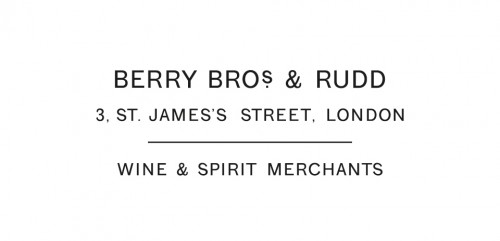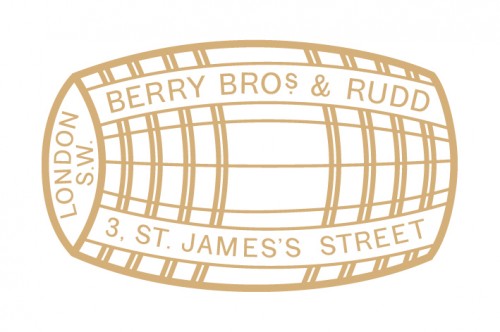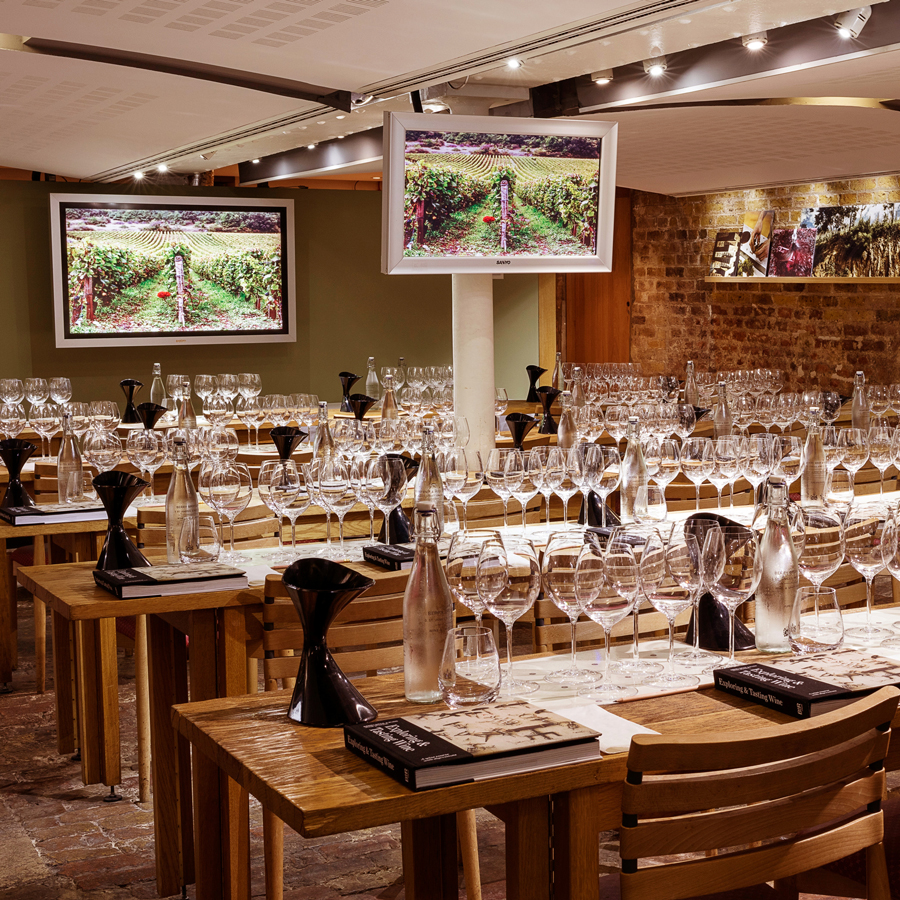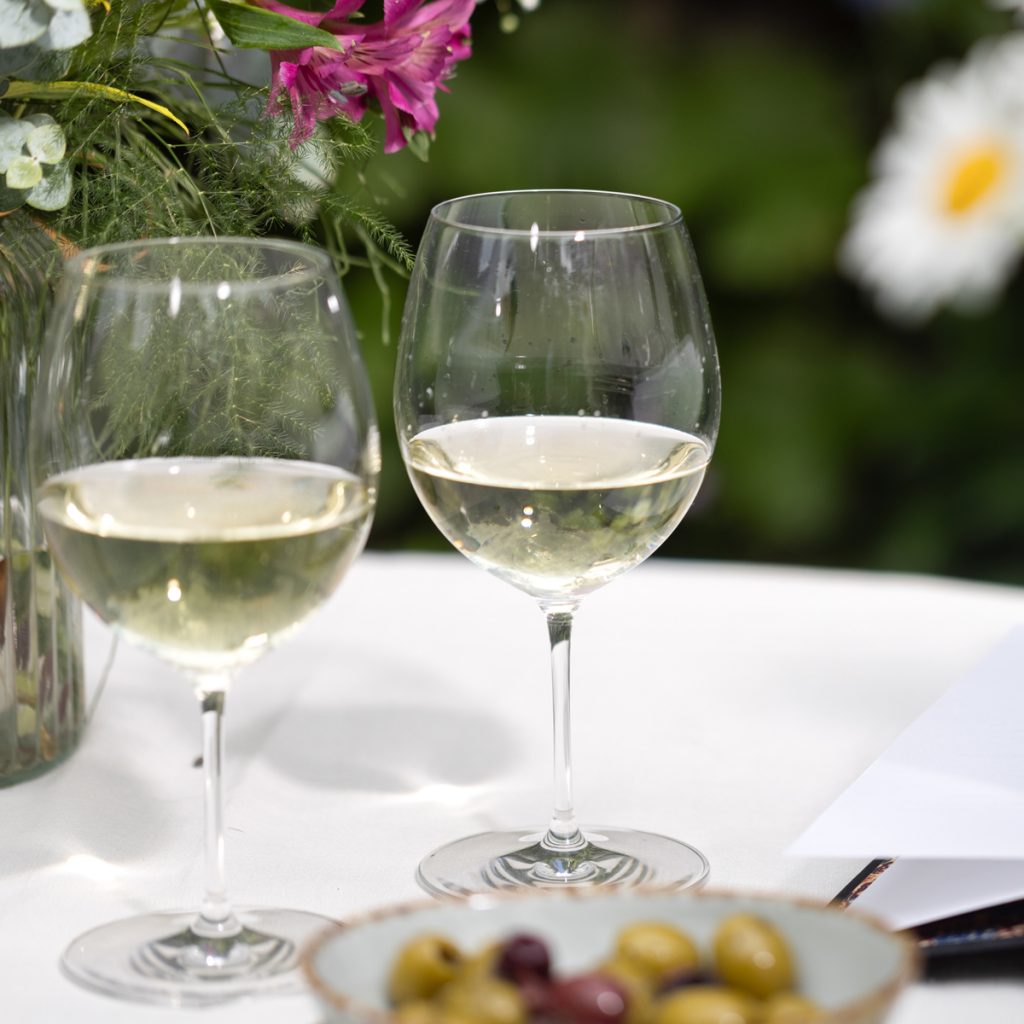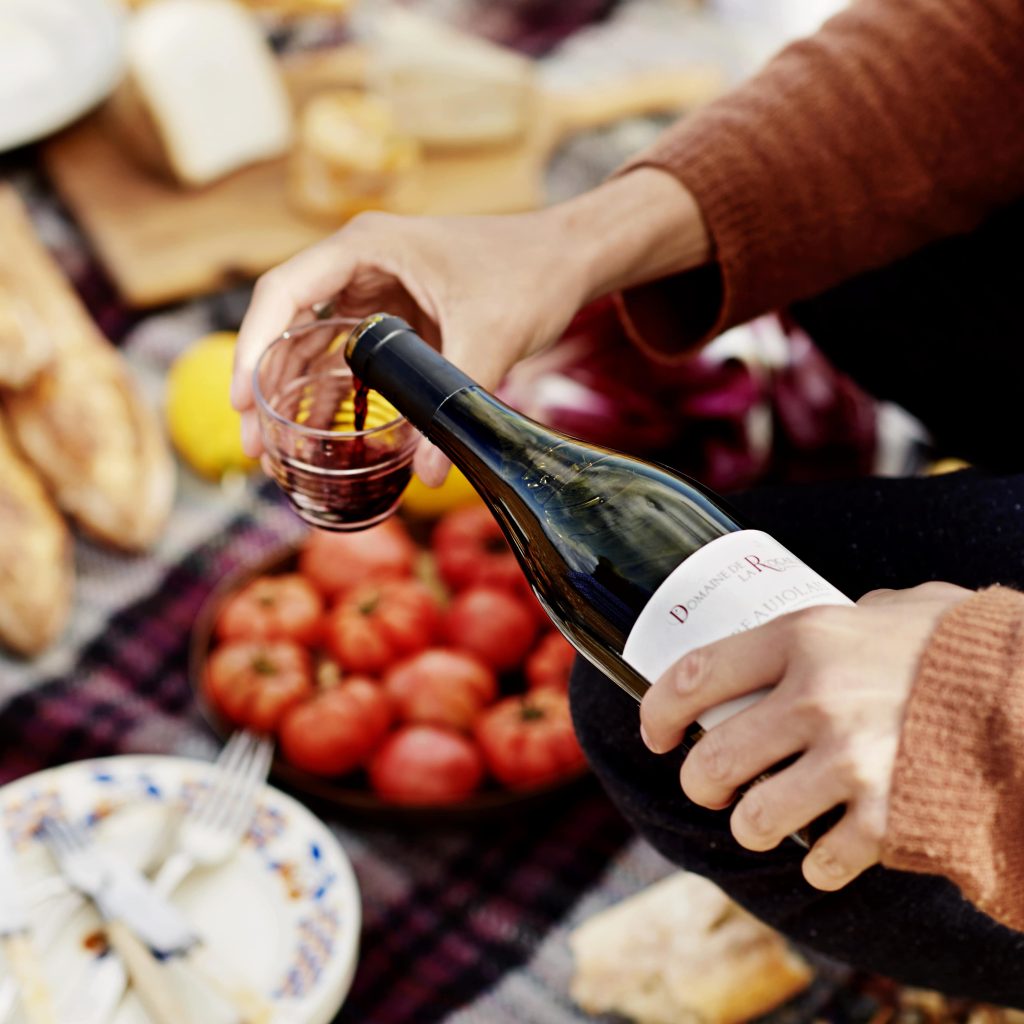Adventures in your garden: Spain
Author: Charlie Geoghegan
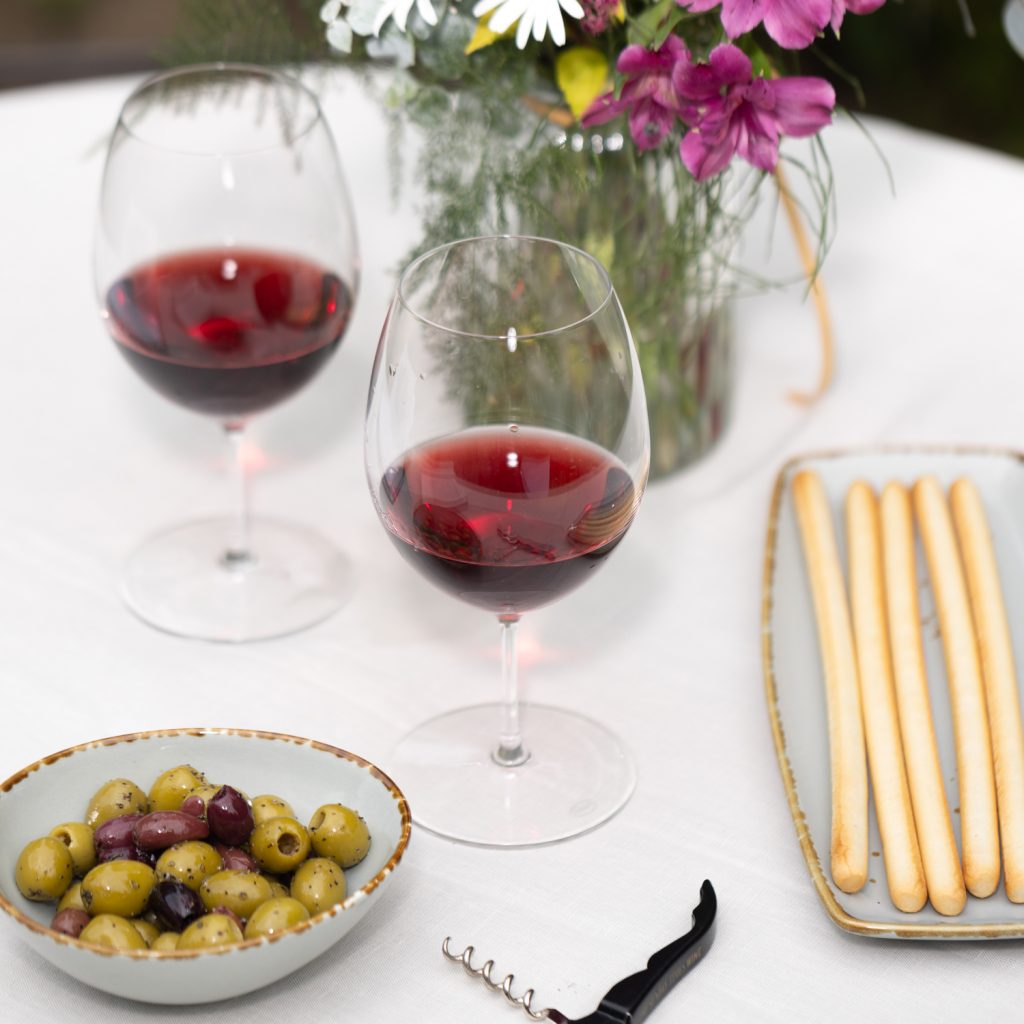
This summer, we’re taking you on a tour of some of our favourite wine regions via their cultural riches. Here, Charlie Geoghegan takes us on a food, wine and music-based journey through Spain.
As a kid, my idea of going on holiday was inextricably linked to Spain. I grew up in Dublin in the early 1990s, and Spain, it seemed, was the holiday destination of choice for virtually everyone I had ever met: friends, teachers, neighbours, grandparents. We didn’t go abroad ourselves until I was about seven, when my parents, my sister and I set off for the Costa del Sol. We’d make several similar trips in the years that followed, to foreign-sounding places like Malaga and Fuengirola and Torremolinos. It was all very sophisticated and different for my primary school-going self. These were exciting, exploratory days, though I didn’t even scratch the surface of what the country had to offer. Spain to me was all sun, sea and sand. And weirdly, everyone spoke English and all the restaurants served beans-on-toast and chicken nuggets.
In more recent years I’ve been back to Spain several times, slowly but surely covering more and more ground. The rugged, isolated terraces of Priorat; the sweeping vistas of Rioja; the forgotten vineyards of Navarra. Bustling cities like Barcelona and Madrid with their heaving markets and masses of people; tapas heaven on the streets of Logroño; and a random smattering of Irish pubs, karaoke bars, motorway cafeterias and assorted tourist traps. I can wholeheartedly recommend trying them all at least once.
But if a trip there is not on the cards this summer, don’t worry. There are some simple steps you can take to recreate the experience in your own back garden. Here’s how I suggest you do it.
What to drink
2020 LG Valbuxán, Tinto, Telmo Rodríguez, Valdeorras, Spain
Valdeorras is not exactly Spain’s best-known wine region, and if you do know it, you’re more likely to have tried its white wines than its reds. The local speciality is the Godello grape, which can produce some outstanding, complex whites (like this one from Rafael Palacios). But don’t overlook the reds here. The Mencía grape, better known in nearby Bierzo, leads the way, either as a standalone single-varietal wine or in a red blend.
The 2020 LG Valbuxán from superstar Telmo Rodríguez is a blend of Mencía and other local grapes, including the white Godello. The wine has a really attractive nose of spicy blackberries, wild herbs and even a whiff of salty, briny olives. It is absolutely delicious. In the mouth, it’s medium bodied with fine tannins that just melt away. There’s a good concentration of flavour, with blackberry, menthol and floral notes which stick around on the long, refreshing finish. If the dynamic Telmo Rodríguez is not already on your radar, this is a great wine with which to become acquainted. It walks a nice line: it’s the sort of thing you could enjoy by itself, more or less, though it has the structure and depth to work well with a range of foods.
What to eat
Tapas, and lots of it
Eating out in Spain is a rather blurry experience, I find. Things move fast and slow at the same time, and time itself ceases to matter a great deal. There’s a manic, rushed energy in the air, and it’s not out of the ordinary to witness a hot-blooded argument of one kind or another, like a narky exchange between two guys on mopeds. And yet there’s no hurry, no great impetus to be anywhere other than wherever it is you are – sitting around a barrel at this market-stall, sipping Cava at this crowded bar, tucking into this plate of something or another.
Picture a buzzing bar somewhere in Madrid or Haro or Valencia. Standing room only. They don’t take reservations, and every square inch of the place is occupied by hungry, thirsty people in twos, threes or tens; they’re speaking musical, fluid-sounding languages you may or may not understand. You’re with friends or family, standing around chatting, eating and drinking. You occupy a space so tiny and so far from a flat surface that it almost defies physics when you somehow manage to balance your plate, your fork and your glass. Your friend contorts their entire body to reach across and take the latest round of tapas from the overworked, charmingly grumpy waiter. This time, it’s tiny little sardines in olive oil, croquetas and a second helping of that chargrilled octopus. Dishes are passed around while another friend tops up everybody’s glasses. The food is good, and it’s going quickly; you should probably place another order in a second, and – wait. Did you see that? That couple with the baby have just asked for the bill. They have a prime spot at the bar. No point in being subtle here; you make a beeline across the room. And just in time, too: the waiter is back with a steaming hot pot of shredded rabbit. Someone asks for the wine list; you might be here for a while.
I’ve had some of the best meals of my life in Spain. I fear that trying to recapture the magic with any degree of accuracy would be doomed to failure. So don’t bother. Just get some loved ones together, lay on some tapas, and away you go.
You can be as ambitious or as straightforward as you like. It’s relatively quick and easy to put together some patatas bravas and some garlicky aioli; you can buy the latter premade, even. Padron peppers are easy enough to find in big supermarkets, and very simple to fry in a pan with some good salt and oil. There’s a lot you can do with chorizo, drowning it in red wine being a perfectly acceptable way to go. If you’ve got the time and the inclination, some croquetas can really elevate the experience. Take your pick otherwise of calamari, grilled green beans, garlic mushrooms and whatever else tickles your fancy. Word to the wise: these may be small dishes, but some of them can be quite a lot of work. Make it worth your while by inviting a crowd, or else limit yourself to just a few of them.
What to listen to
It turns out I don’t actually listen to an awful lot of Spanish music per se. This is something I’ll aim to rectify, or at least explore a little further. For the record, a couple of my all-time favourite albums are performed in Spanish: Dance Mania (1958) from the American bandleader Tito Puente; and Buena Vista Social Club (1998), from the Cuban group of the same name. Either or both would make a wonderful accompaniment to an al fresco glass of Mencía with a couple of small plates.
I am, however, partial to a piece of music by the Spanish composer Joaquín Rodrigo called “Concierto de Aranjuez”. I came to know it indirectly, through the album Sketches of Spain (1960) by American jazzman Miles Davis. That album’s opening track, which takes up almost half of the record, is an interpretation of Rodrigo’s piece, co-arranged by Davis’s longtime collaborator Gil Evans. Where Rodrigo’s piece is composed for classical Spanish guitar, Davis’s interpretation is played on the trumpet and flugelhorn. The album opens to the clapping of castanets, a hugely evocative sound that transports me immediately to those childhood holidays. The horn and, later, brass call to mind for me the vast swathes of Spain that I’ve not seen yet and may never see: the expansive landscapes of the Meseta Central at dusk; the rocky seascapes of Rías Baixas at dawn. This album may have been recorded in New York, but with its flamenco and Spanish-folk influences, I can think of no better musical accompaniment to a tapas-and-Telmo party.
Or, if all else fails, go with some classic cheese. Those resorts on the Costa del Sol are a great place for a youngster to master the Macarena. And you’d be a cold soul not to at least crack a smile or tap a foot for a bit of Enrique Iglesias.
Buy the 2020 LG Valbuxán from Telmo Rodríguez here.
